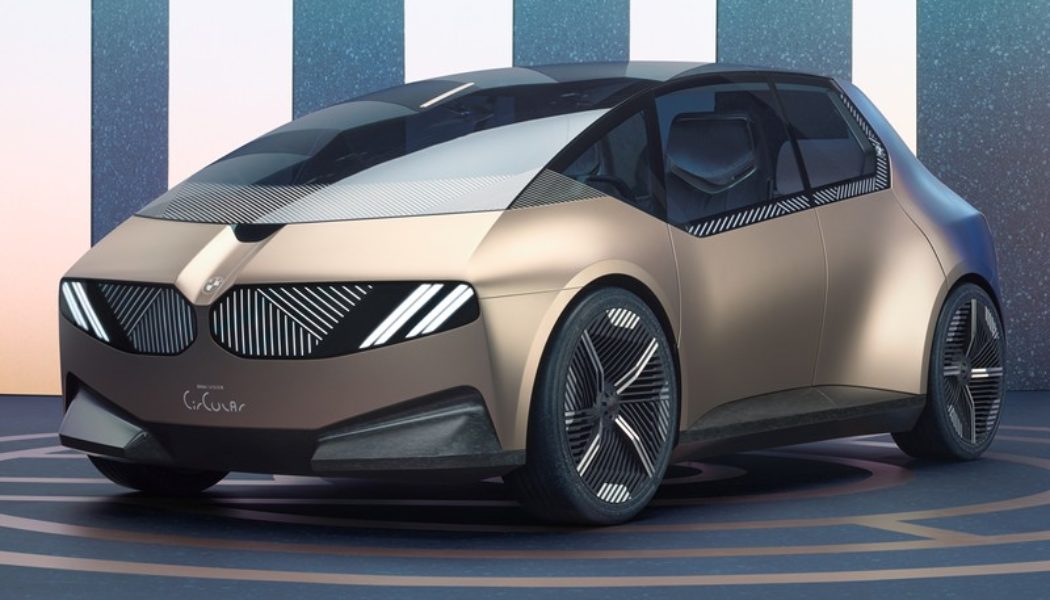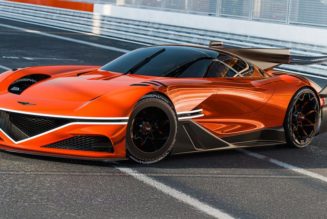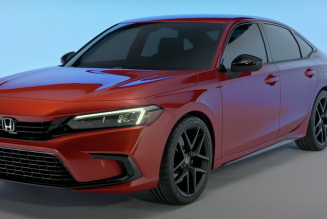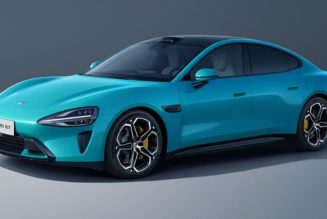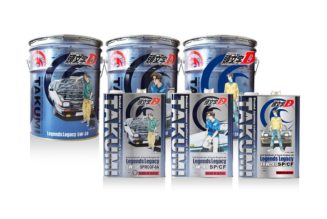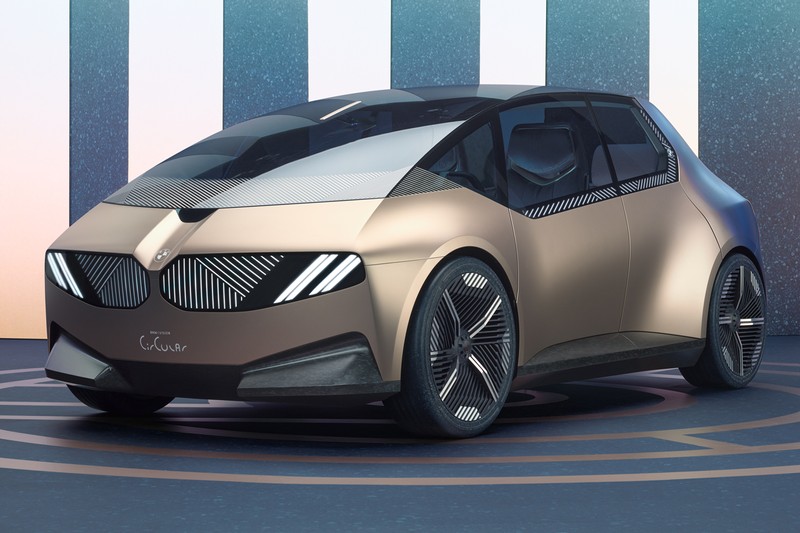
There’s a misconception that electric cars are reserved for fintech bros driving Teslas in Silicon Valley, or that people who own a Nissan Leaf eat only what they drive. It’s an industry clouded in conspiracy theories, often driven by ideologies about oil companies stopping the progression of electrification (Who Killed the Electric Car?, for instance, looks into this further); however, there are plenty of other reasonable justifications as for why the electric vehicle (EV) industry is yet to boom like we thought it would have, taking our 2012 pipedreams into consideration.
For Kai Langer, Head of BMW i design and a cognoscente of the electrified automotive world, the global infrastructure needs to evolve before EVs can truly take over. “Infrastructure has to change dramatically, but then, how can it change?” he says, touching on cities such as London with its high-rise apartments, quipping “should they have a cable hanging from their kitchen window down to the cars?”. Despite the British government announcing its £1.8B infrastructure spending plan, there’s still a fear that driving an electric car will introduce range anxiety into your life, let alone the fact you might not be ready to switch from the norms of petrol and diesel – despite the increasing prices and ongoing crises.
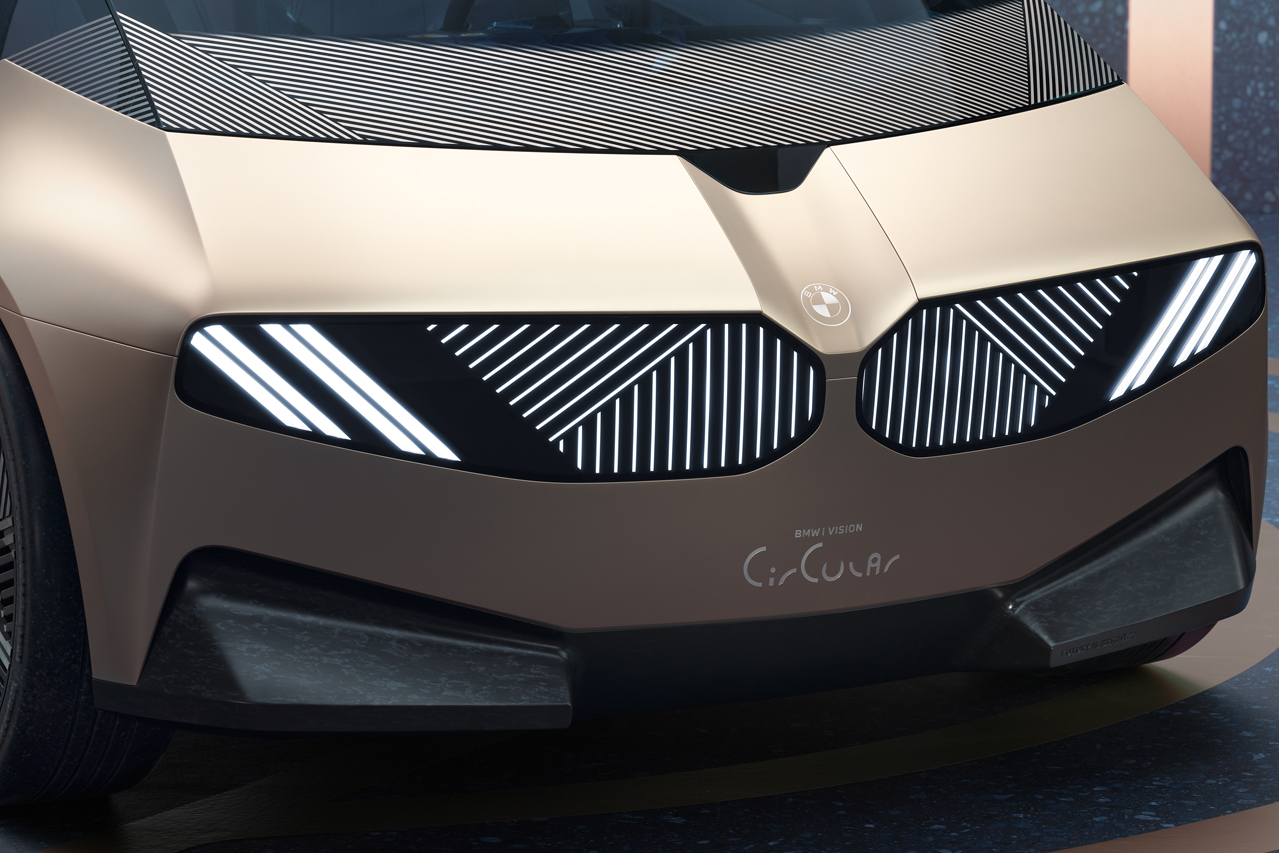
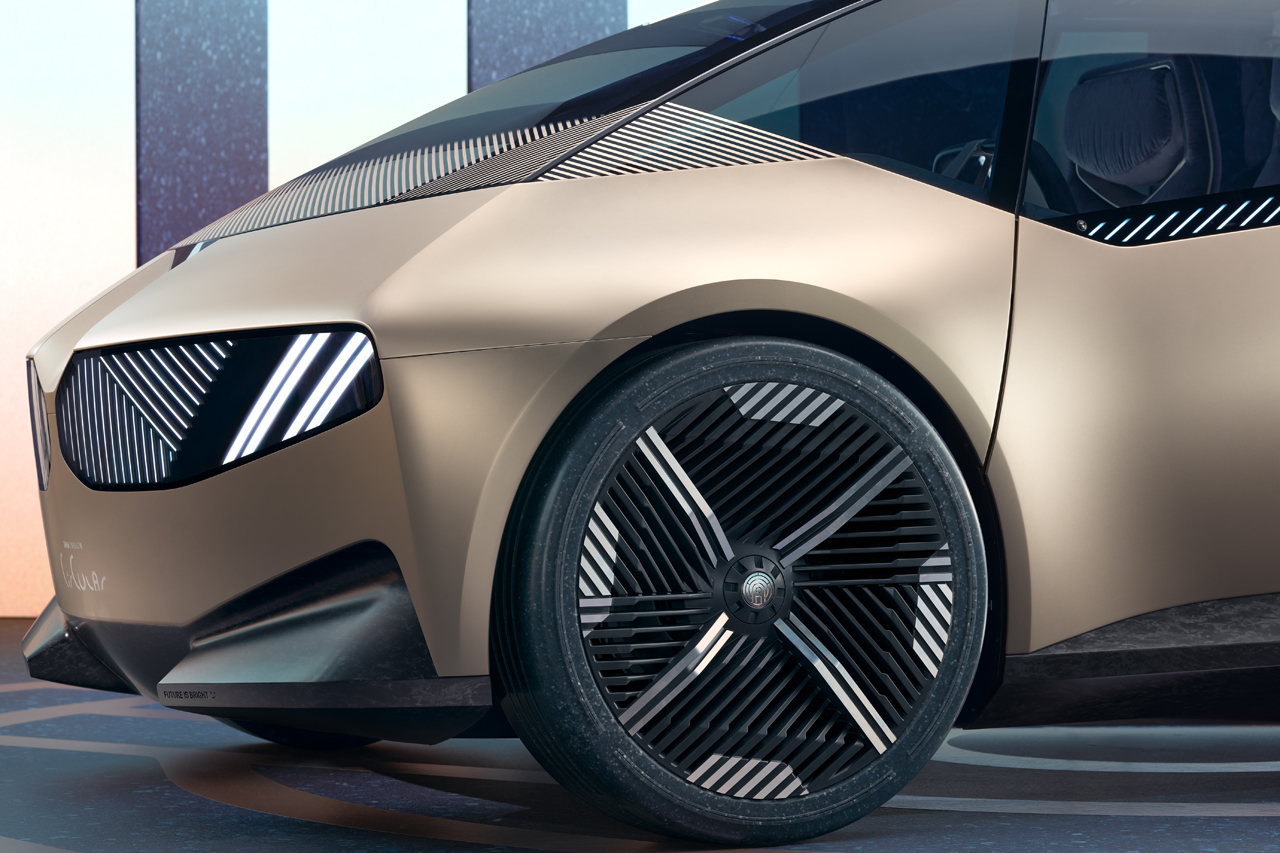
But for BMW, the future of electrification starts with rethinking how we see electric cars. While previous endeavors focused on the BMW i3 and i8 being purely electric, in turn helping to save the planet, BMW i Vision Circular looks to change the industry’s rhetoric: there’s more to signing up to an EV lifestyle than just plugging into the trend.
“If you change traditional behaviors to something that you plug in, it’s like, where do I plug in? How much does it cost? Where do I pay? There was a lot of change and fear back then, so we’ve focused on making it fun,” says Langer. On top of making it fun – often by means of making EVs more convenient for its customers – BMW is also at the forefront of changing how cars are made from the very initial sketch. “Not only are we changing the raw structure and drivetrain of the car, but we’re also going into the materials, the seats, the interactions. This is where BMW disrupts, we had to rethink. We can’t think as we have for the last 100 years if we want to really change something. To change it and make it more sustainable means we must rethink everything.”
Cars were made to go from A to B, and sustainability is seldom at the forefront of a designer’s mind – a car’s lifecycle is approximately 12 years on average. To make a car sustainable is to think beyond electrification, because after all, those batteries will end up dead one day. With the i Vision Circular, Langer and his team had to question every material. “In design, you take steps backward. Let’s build from scratch to have the choice of developing what we need to fulfill the task of being 100% sustainable.”
“It’s not some hippy thing to be sustainable and to recycle everything, it can be premium, luxury, fun, cozy; everything except dystopian. I refuse to live in a bad world.”
The transformations a designer experiences from creating internal combustion engine (ICE) cars to EVs reap rewards, as “new possibilities enable you to think, and to think equals progress.” For BMW, the resulting effort lies in “social responsibility; to be sustainable in our social surroundings.” While the car is fully electric, the i Vision Circular goes beyond this simple eco-friendly notion, looking at the size of the interior to become a social space for those inside the cabin, as a result being sustainable in other ways for our society as space becomes increasingly limited and capitalized.
Furthermore, by not painting the i Vision Circular – instead opting to anodize the exterior aluminum parts – BMW doesn’t waste unnecessary energy, nor does it have to deal with the chemicals in paint. Plenty of parts are made using 3D printing, main components are made from secondary steel that’s been recycled, and following on from its “RE:THINK” mantra comes “RE:DUCE,” resulting in a limited amount of parts, focusing on not “producing waste, to do it as minimal as we can.”
And despite these very words, there’s still room for critique. It wouldn’t be farfetched to question how it’s more sustainable to replace one larger part than a small area after a crash. But of course, BMW thought of that too: “How many times does a crash like that happen? Suburban and city living – parking bumps, etc – you better come up with a design that won’t always be getting destroyed. We took this into consideration and you can find expansive surfaces made from aluminum, but where you might have contact, that’s made from monomer materials for function,” remarked Langer. “But, that’s the balance. There needs to be an equilibrium. We’ve tried to be perfect, but perfection doesn’t make sense, so we just need to rethink,” he adds.
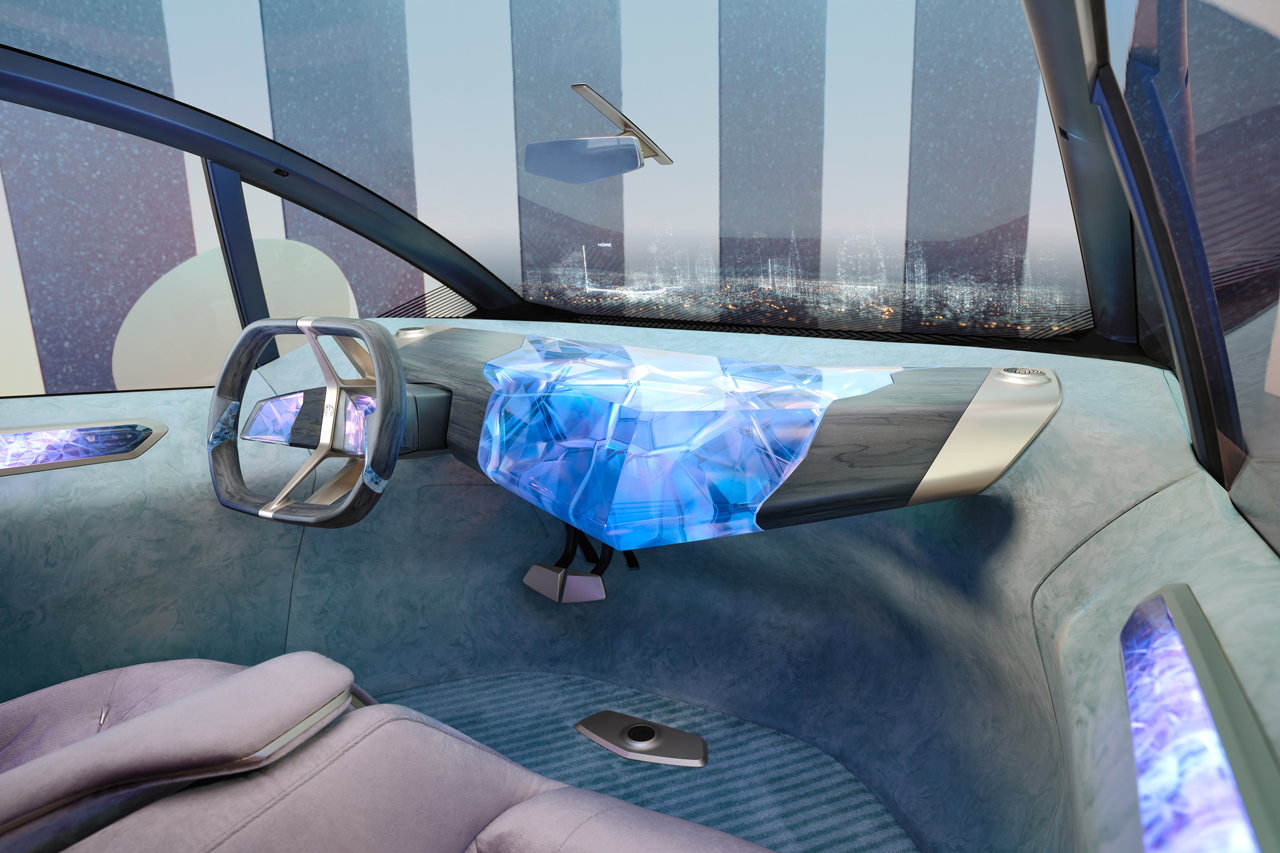
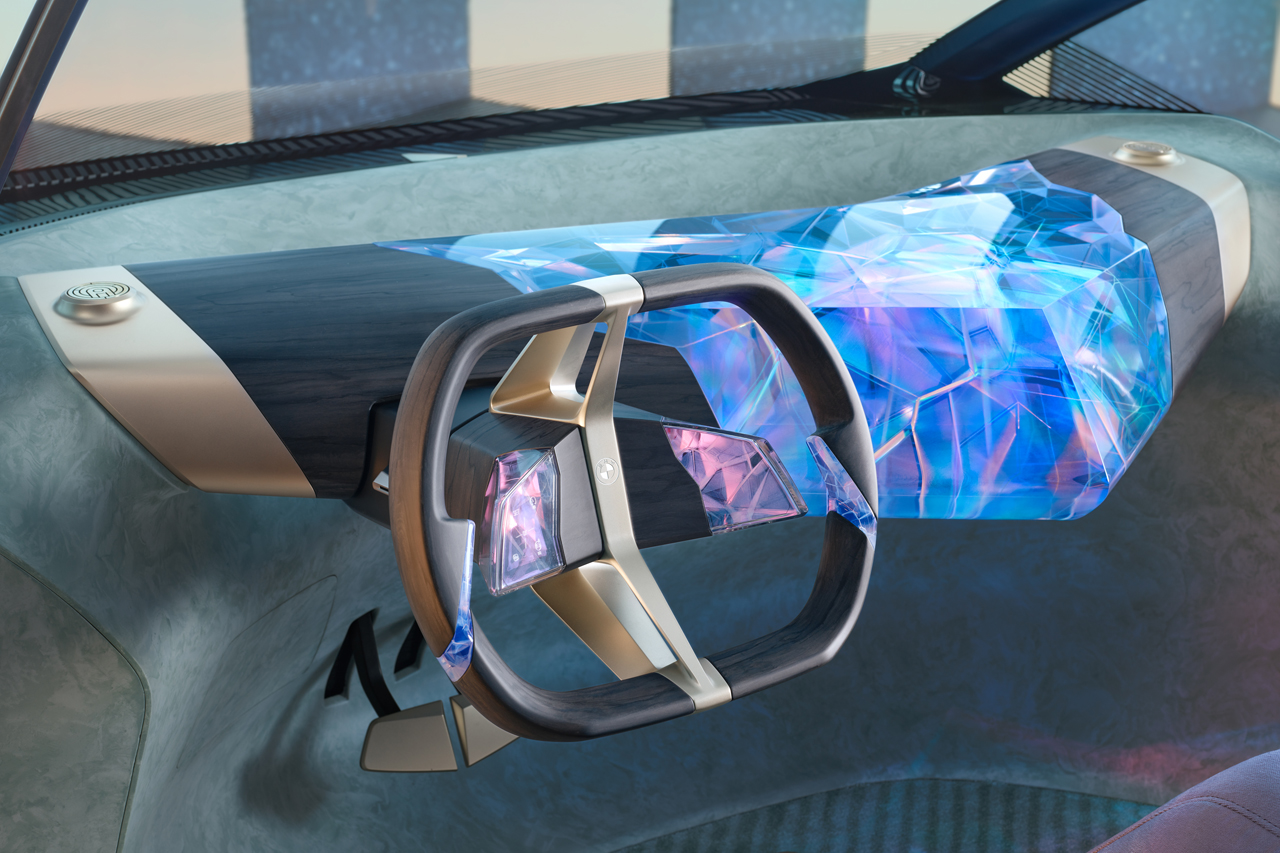
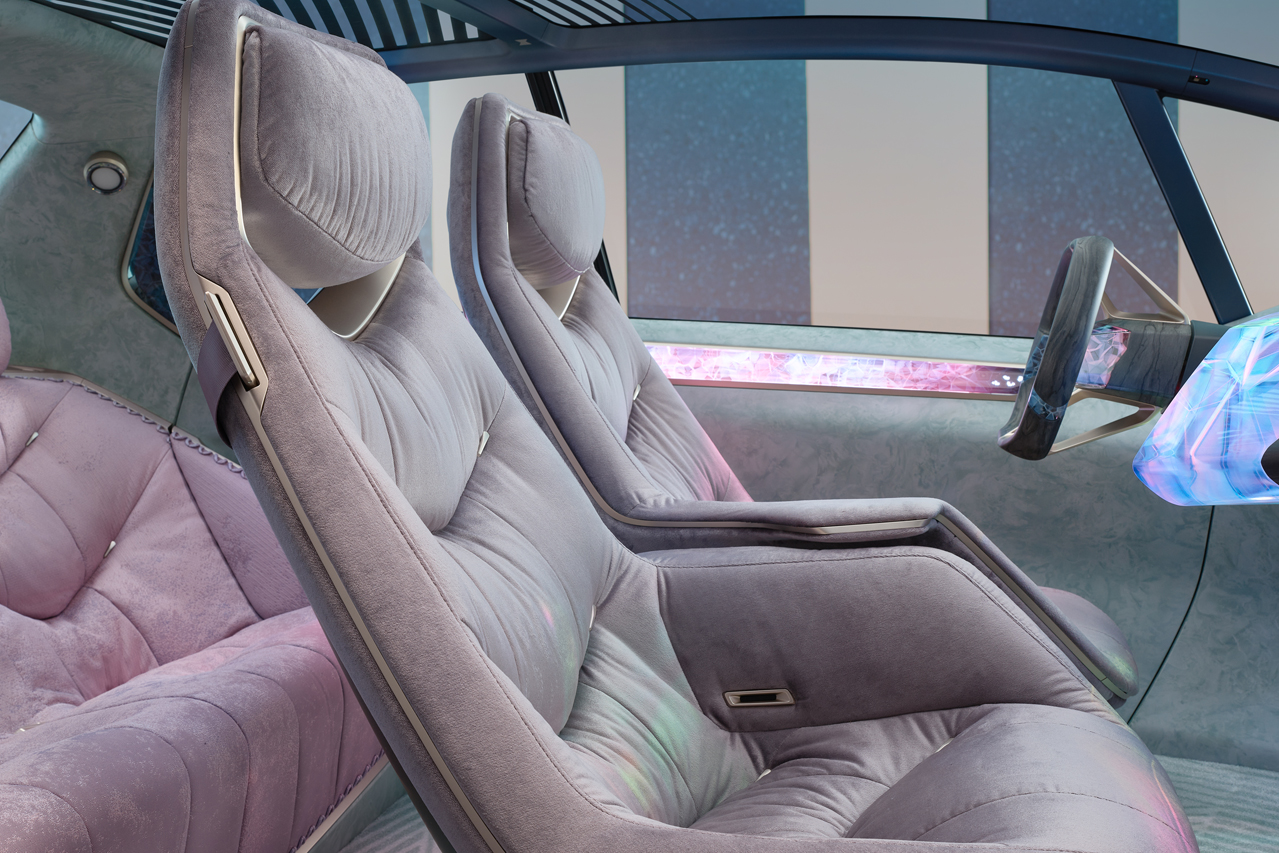
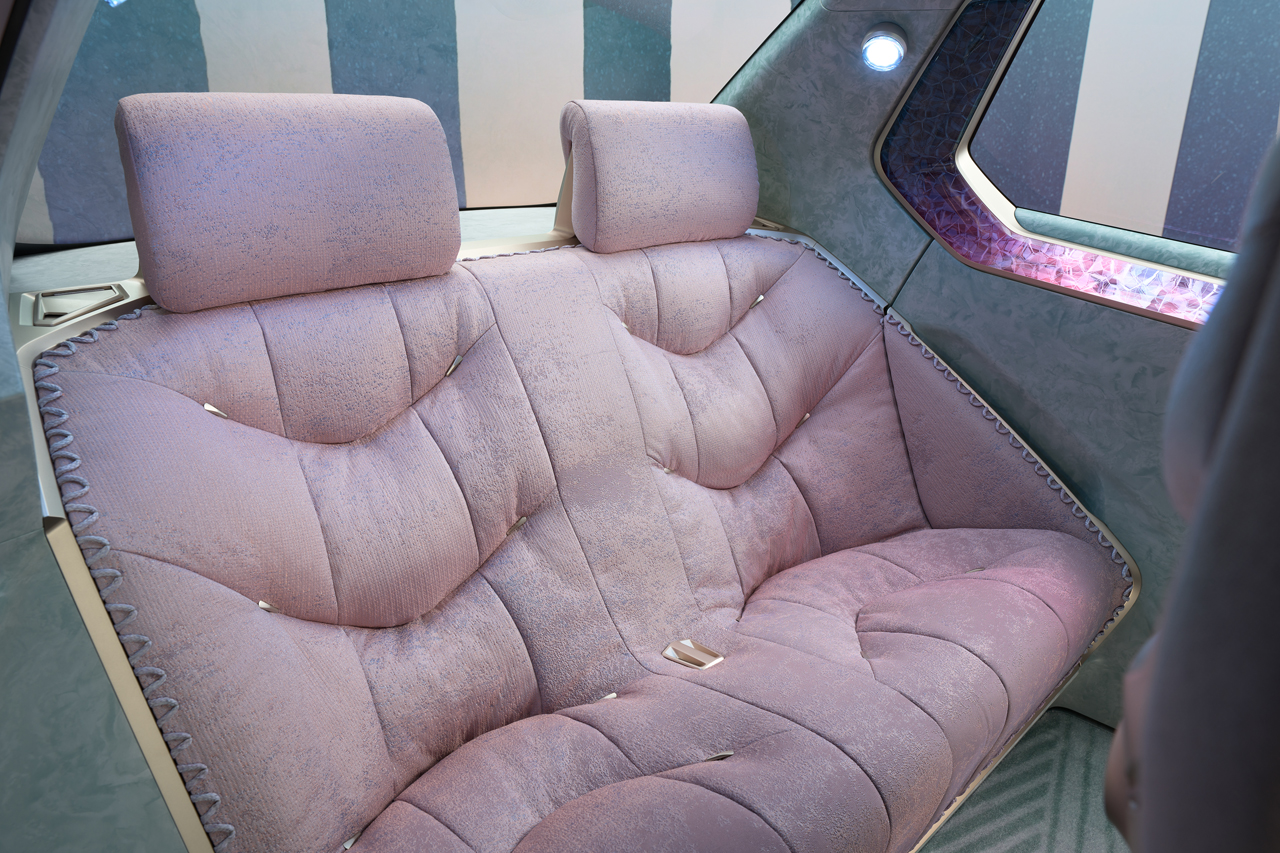
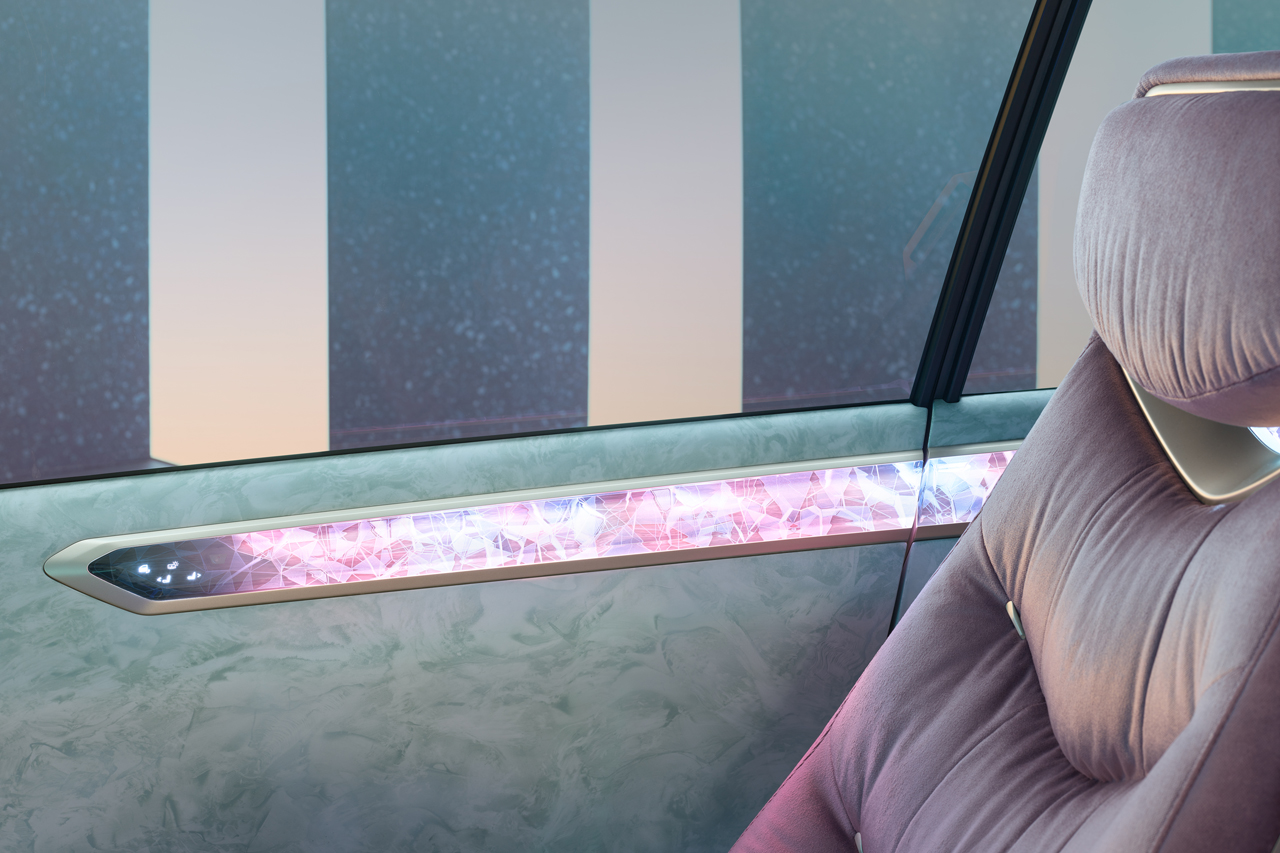
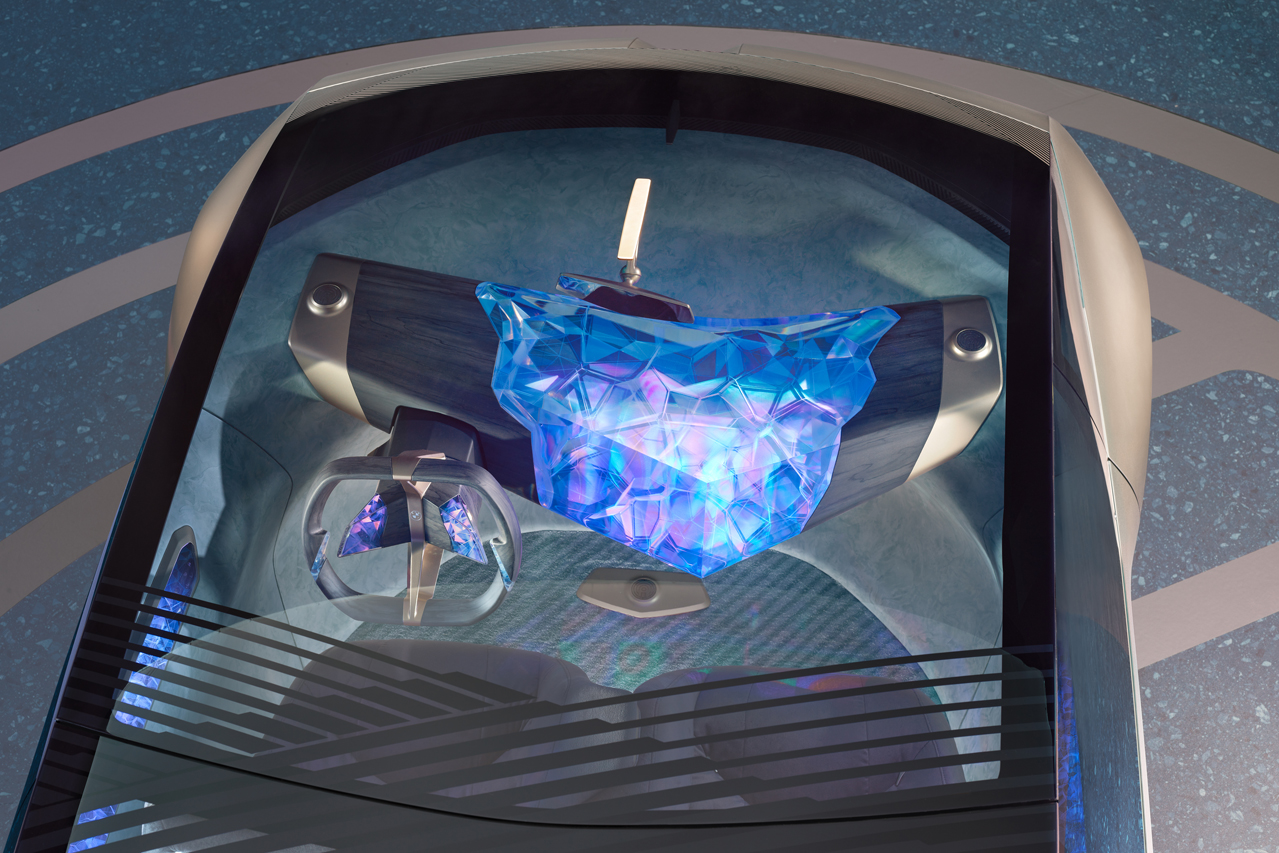
However, it’s hard to deny that BMW has reimagined a car’s longevity. “Take the structure of the car but make it more modern, make bits easier to replace, update the software. All of our icons on the car’s exterior are digital because we didn’t want to have a facelift for the car, now a facelift is just new programming.” This not only enables us to keep one car for longer while also keeping up with the times and technology, it also reduces the amount of waste accumulated by building and selling new and old cars respectively. And, when the time comes to scrap your i Vision Circular, BMW’s recycled parts can be dismantled easily and put into new designs in the future, hence “Circular.”
The i Vision Circular is just the start of BMW’s foray into evolving the future of transportation: the entire process of inventing the figurative wheel is uncomfortable for a designer, let alone future customers, but the whole point is to figure out how today’s discomfort will become tomorrow’s alleviation. “We have to find out the questions that the world will ask, how will cities and societies develop? If you take this, and filter it to find out the challenges we’ll face, then BMW will have the answers for this.”
The answer is the BMW i Vision Circular. Yes, electric cars are more sustainable than their ICE counterparts, and yes, the world is becoming increasingly accustomed to an EV lifestyle, but for it to really work we need to tap into BMW’s sensibilities. “The BMW i Vision Circular not only shows what we are already doing at BMW, but it also shows how we are rethinking sustainability,” Langer says. “It’s not some hippy thing to be sustainable and to recycle everything, it can be premium, luxury, fun, cozy; everything except dystopian. I refuse to live in a bad world.”
